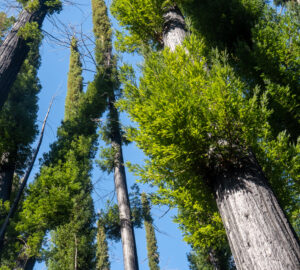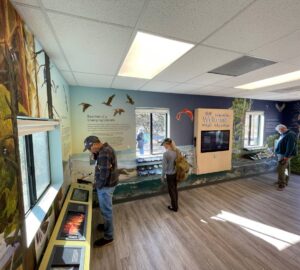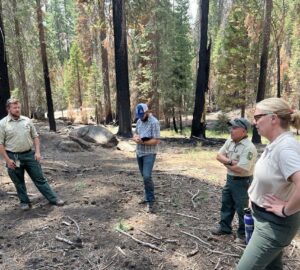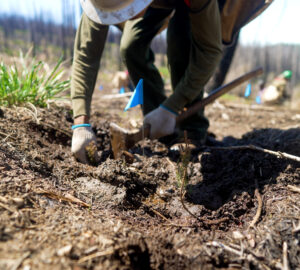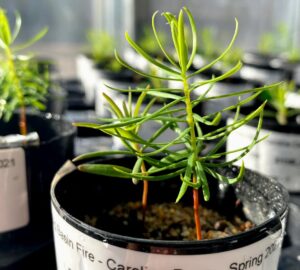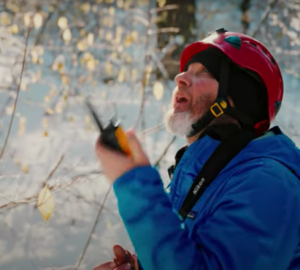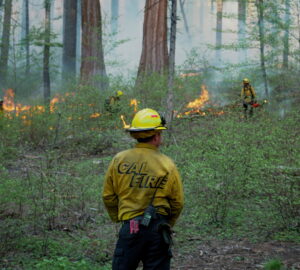Over the holidays on a family trip to Australia, our conversations were dominated by the bushfires that have since made global news. While we did not experience the fires directly, the smoke from the mainland found us on the east coast of Tasmania, and the fragility of the forest landscapes we visited felt eerily precarious. It is frightening to consider that Australia’s summer is just beginning, and that there is little hope for rain in the coming months across much of the continent.
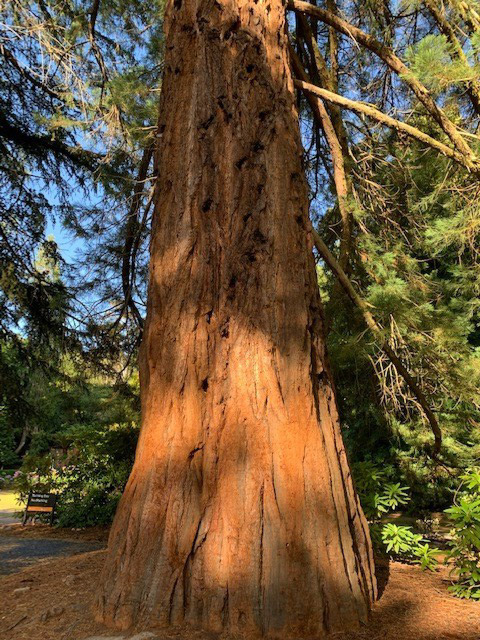
The common threads between the wildfire situations in Australia and California went beyond the all too familiar smell of smoke: displaced indigenous communities struggling to sustain their culture and bring traditional land stewardship back into practice; iconic forests lost to harvesting; a modern culture and economy increasingly linked to the unique beauty of the lands and waters, juxtaposed with the glaring evidence of the vulnerability of nature; and a national government that denies the reality of climate change. More hopefully, in Australia as in California, there’s a broad community that is keenly aware of these challenges, as well as a growing ecosystem of NGOs, local governments, and individuals taking the lead and striving for conservation, restoration, acknowledgement, and resilience.
I couldn’t help thinking about the importance of the League’s vision in this context. While I never need a reason to think about redwoods, I had a moment of synchronicity in Australia. Within minutes of receiving the email that we had successfully acquired Alder Creek , the largest unprotected giant sequoia grove in the world, I walked through a local park near our hotel in Launceston, Tasmania. There, I crossed paths with a giant sequoia (planted in the 1890s), with wallabies hopping past. It was a bizarre and inspiring moment that made the world feel small and the impact of our work huge! Even in the southern hemisphere, redwoods were front of mind.
Now with my feet back on California soil, I am recommitted to our vision to accelerate the pace and scale of conservation in the redwood forest. We need to protect and restore forests and connect people to them for so many reasons: Forests clean our air and water, provide habitats, store carbon, and can help us weather the ongoing effects of climate change. They are also natural cathedrals that inspire us. Indeed, our lives are better with time spent in the forest. Around the world and throughout history, our forests have nurtured and helped to define our communities.
Like California, much of Australia’s landscape is well adapted to frequent fires. But with a longer, hotter, and drier summer, the fires of today can be devastating. Our hearts go out to those who have suffered and lost so much through this horrible time. As we find our own balance between stewarding our redwood forests as a critical tool in the fight against climate change and protecting them against the impacts of those changes, we see common cause in those working to save and heal these treasured landscapes in Australia and around the world.
If you would like to donate to help the victims of the Australia bushfires, you can do so at the following links:

